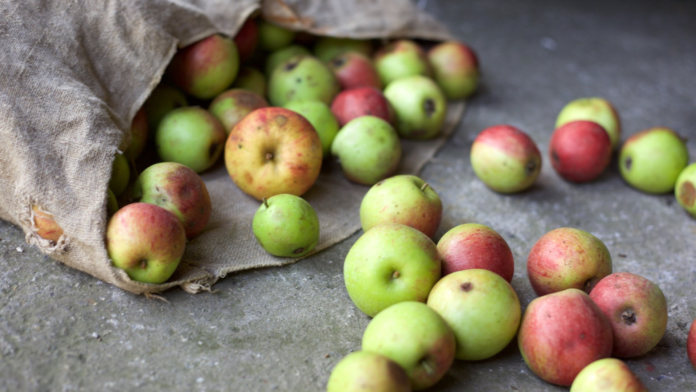As you pick the perfect apple from the grocery store display, or toss the yoghurt that is past its best before date, consider this – more than half of all food produced in Canada is lost or wasted.
This is the result of one-year study from Value Chain Management International (VCMI) and Second Harvest, an agency that works to reduce food waste, largely funded by the Walmart Foundation.
According to the report, there are two types of food loss and waste: unavoidable waste, when inedible food by-products, such as animal bones, are discarded; and avoidable waste, when a product that could be consumed is discarded, like that apple not selected from the pile because it’s been bruised in transit.
Using a standardized whole chain analysis, from production to end of life, this report is the first to include primary data from across the supply chain and all food types from both land and sea, as well as interviews with industry experts. As a result, the report finds the level of food waste in Canada to be far worse than previously believed.
The researchers estimate that the total amount of avoidable and unavoidable food loss and waste annually in Canada equates to 35.5 million metric tonnes. That’s 58% of all food produced in Canada, worth an estimated $49 billion a year.
The good news (if you’re a glass half-full type), is that one-third of this loss could be rescued through prevention, redistribution and management.
But before you start feeling bad about not finding a creative way to use up your coffee grounds and orange peel, consumers are by no means the worst culprits. The study pins responsibility firmly on the food industry, highlighting that 86% of waste takes place during processing (34%), production (24%), manufacturing (13%), retail (4%), distribution (2%) and in hotels and restaurants (9%). Meanwhile, households generate just 14% of the total, and farmers waste just 6% of the usable food they produce.
Beyond the obvious cost to businesses, this food loss and waste also represents an enormous cost to society and the environment in terms of energy, water, fertilizer machinery and equipment, packaging, labour and carbon footprint. Perhaps most worryingly, the environmental footprint of what we use is smaller than what is lost and wasted.
“The outcomes of this report make it very clear that we need to radically change how we as Canadians value food,” explains Second Harvest CEO Lori Nikkel. “The abundance of food we produce has led us to dismiss its intrinsic value.”
Even how we refer to food, as ‘waste’ instead of ‘unsold’, ‘surplus’, or ‘excess’ food could be a barrier to diverting food to feed the four million Canadians with insufficient access to food.
The report outlines a myriad of ways to prevent, redistribute and manage waste and challenge our acceptance of waste at all stages of food’s life cycle, from addressing purposely conservative expiry dates, to supporting redistribution of surplus food, and banning food dumping in landfill and at sea.
Many of these changes sit at the government or regulatory level, but consumers still have a role to play. Not only to limit household food losses, but also as advocates for the broader changes needed to create a more sustainable food system.








































